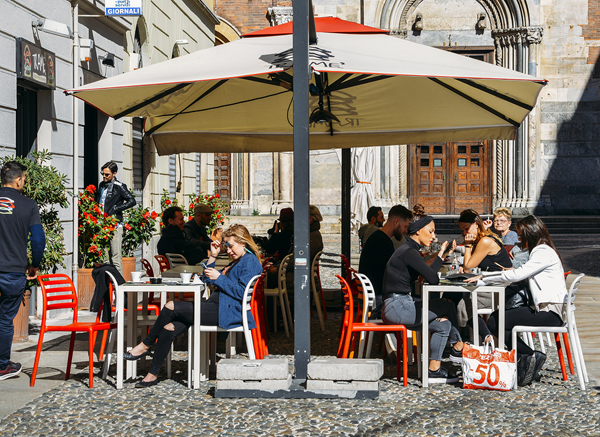
Public transportation in Milan is diverse, efficient, and well-integrated, making it possible for both locals and expats to navigate the city comfortably without a car. The city boasts a comprehensive network of trams, buses, and a subway system, all operated by Azienda Trasporti Milanesi (ATM). Additionally, Milan has a bike-sharing system and a number of taxi services. The city’s public transportation system is not only reliable but also affordable, making it a viable option for daily commuting.
Subway
The Milan Metro, known as Metropolitana di Milano, is the backbone of the city’s public transportation system. It consists of four lines (M1, M2, M3, and M5) that cover a total of 101 stations, making it easy to reach any part of the city. The subway is generally safe, even at night, with regular patrols and CCTV cameras in operation. It’s also a popular choice for women travelling alone and for children going to school. A single ticket costs €2 and is valid for 90 minutes, while a monthly pass costs €35. The Metro operates from 6 am to midnight, with night buses covering major routes after hours.
Trams
Trams are a charming and efficient way to get around Milan. The city’s tram network is one of the most extensive in Italy, with 18 lines covering over 170 km. Trams are particularly useful for short trips within the city center, and they offer a unique way to see the city’s historic sites. The iconic orange trams, some of which date back to the 1920s, are a common sight in Milan. Tram tickets are the same as those for the Metro and buses, and can be purchased at newsstands, tobacco shops, and ATM machines.
Buses
Buses in Milan are a reliable and convenient mode of transportation, especially for reaching areas not covered by the Metro or tram network. The city has over 70 bus lines, including several night routes. Buses are generally safe and punctual, although traffic can cause delays during peak hours. As with the Metro and trams, a single bus ticket costs €2 and is valid for 90 minutes.
Bike-Sharing
For those who prefer a more active mode of transportation, Milan offers a bike-sharing service called BikeMi. With over 280 stations across the city, BikeMi is a great way to get around while enjoying the city’s scenery. The service is affordable, with a daily pass costing €4.50 and a yearly subscription costing €36. BikeMi stations are available 24/7, making it a flexible option for both short trips and longer commutes.
Taxis and Ride-Sharing
Taxis are readily available in Milan, although they are more expensive than other forms of public transportation. The city also has several ride-sharing services, including Uber. These options can be convenient for late-night travel or for trips to areas not well-served by public transportation. However, given the efficiency and affordability of Milan’s public transportation system, taxis and ride-sharing services are often unnecessary for daily commuting.
In conclusion, Milan’s public transportation system is comprehensive, reliable, and affordable, making it possible for expats to live comfortably without a car. Whether you prefer the speed of the Metro, the charm of the trams, the convenience of buses, the active lifestyle of bike-sharing, or the flexibility of taxis and ride-sharing, Milan has a transportation option to suit your needs.


